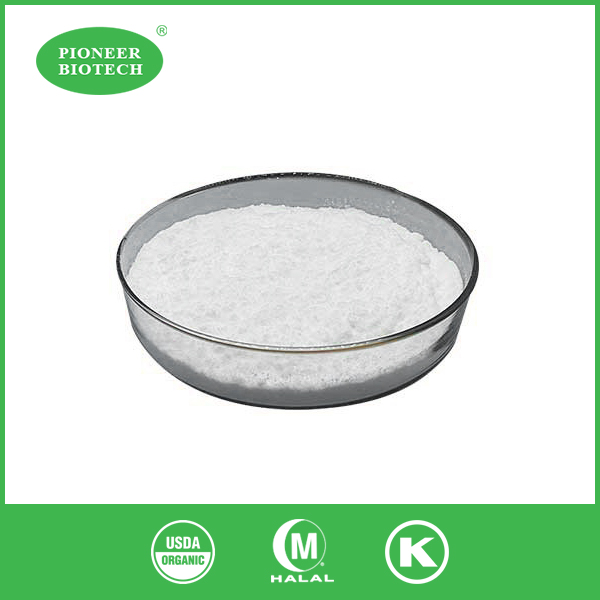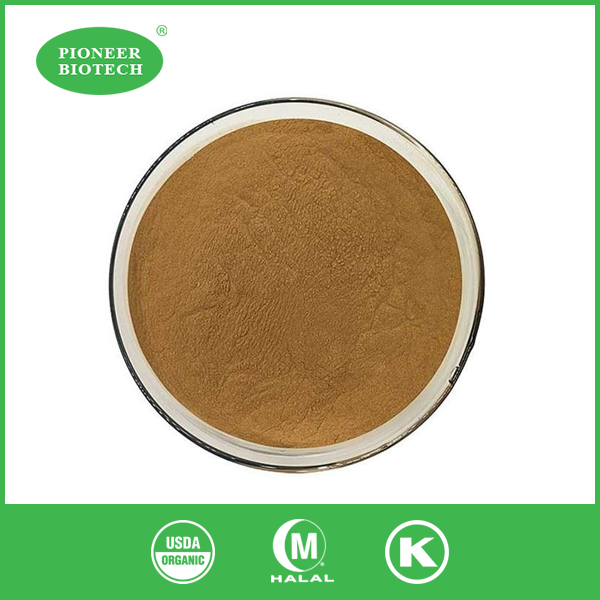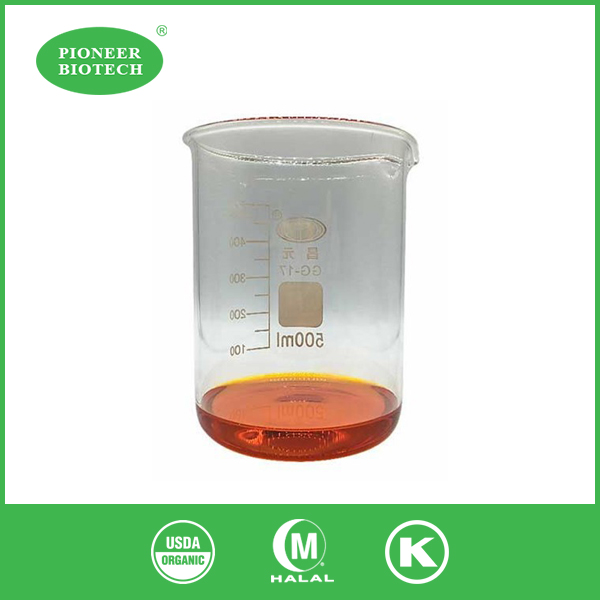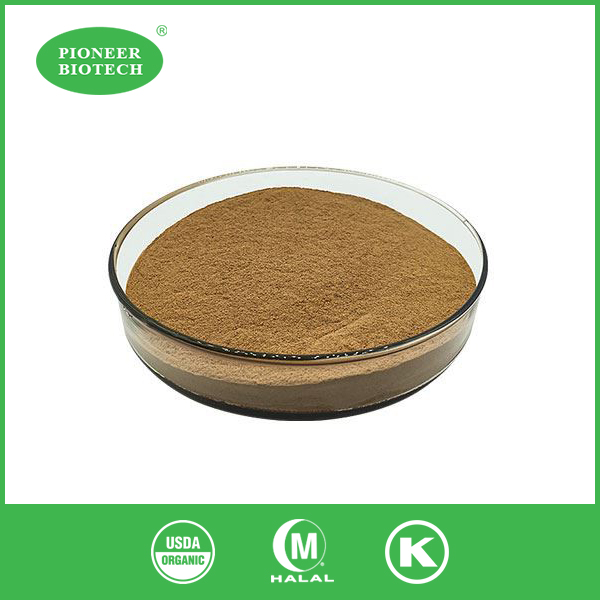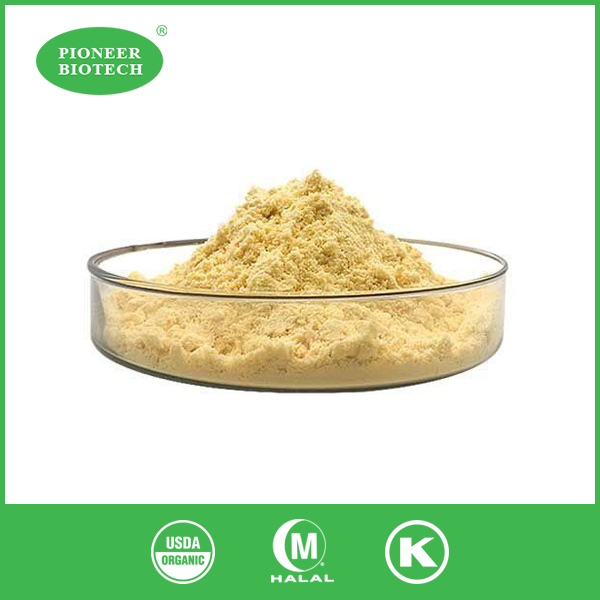What does astaxanthin do?
Introduction
In recent years, the universe of healthful enhancements has seen a flood in interest encompassing astaxanthin, a strong cell reinforcement got from microalgae. As a singular enthused about keeping up with ideal wellbeing, I ended up digging into the logical writing to comprehend what astaxanthin does, its security profile, and how it looks at to other notable cell reinforcements like L-ascorbic acid. In this thorough article, we will investigate the multi-layered universe of astaxanthin, analyzing its expected advantages, security contemplations, and how it piles facing the revered L-ascorbic acid.

Understanding Astaxanthin: A Potent Natural Antioxidant
In the many-sided embroidery of the carotenoid family, astaxanthin arises as a strong and special part, adding to the lively varieties saw in different leafy foods. This normal cancer prevention agent stands apart for its excellent capacity to kill free revolutionaries, unsound particles famous for causing cell harm and adding to a horde of medical problems. We discover that astaxanthin is abundant in microalgae, which sets off a captivating journey through the food chain as marine animals consume these microorganisms, resulting in the accumulation of higher concentrations in their tissues. By delving into the core of astaxanthin's origins, we can learn more about its earliest stages. This regular cycle has made ready for the extraction and use of astaxanthin-rich sources, especially the microalgae Haematococcus pluvialis, for the development of enhancements that bridle its extraordinary advantages.
Marvel of carotenoids:
Having a place with the carotenoid family, astaxanthin shares a genealogical record with a variety of shades that add to the stunning cluster of varieties tracked down in nature. From the dynamic reds of tomatoes to the profound oranges of carrots, carotenoids assume a significant part in nature's range. Astaxanthin, on the other hand, takes center stage due to its extraordinary potency and distinctive set of advantages.
Cell reinforcement force to be reckoned with:
At the center of astaxanthin's ability lies its job as an imposing cell reinforcement. Astaxanthin serves as a defender in the ongoing battle against free radicals, unstable molecules that cause damage to our cells. It neutralizes these aggressors and reduces the risk of cellular damage. This cell reinforcement ability positions astaxanthin as a gatekeeper of cell wellbeing, possibly adding to a scope of health benefits.
Microalgae overflow:
The excursion of astaxanthin starts in the minute domain of microalgae, where it is bounteously found. Microalgae act as the essential wellspring of astaxanthin in nature, making an establishment for its presence in different marine creatures. As marine life devours these microorganisms, astaxanthin goes up the pecking order, enhancing the tissues of fish, shrimp, and other marine animals with its lively tone and wellbeing advancing properties.
Usage of astaxanthin-rich sources:
Perceiving the enormous potential inside astaxanthin, especially its fixation in microalgae like Haematococcus pluvialis, specialists and enhance makers have bridled this regular cycle. By separating astaxanthin from these rich sources, supplements are made to give people a helpful and powerful method for integrating this cell reinforcement into their health schedules.
Nature's Insight in an Enhancement:
Astaxanthin is, in essence, a potent antioxidant that encapsulates nature's wisdom. Its journey from microalgae to marine life tissues demonstrates how ecosystems are interconnected and the remarkable benefits nature provides. As people investigate the universe of cell reinforcements and try to improve their prosperity, astaxanthin remains as a demonstration of the mind boggling likely that exists in the normal world, ready to be saddled for ideal wellbeing.

Is Astaxanthin Safe? Unraveling the Safety Enigma
Guaranteeing the wellbeing of any enhancement is fundamental, and astaxanthin is no exemption. Broad exploration has been led to survey the wellbeing profile of astaxanthin supplementation. For the most part viewed as protected (GRAS) by administrative bodies, astaxanthin has exhibited low poisonousness levels in different creature studies. However, supplementation must be approached with caution, especially when dosage and potential drug interactions are taken into consideration. Similarly as with any wholesome enhancement, counseling a medical services proficient is fitting to customize suggestions in view of individual medical issue.
Does Astaxanthin Work? Exploring the Scientific Evidence
The charm of astaxanthin stretches out a long ways past its dynamic tint, diving into a domain of potential medical advantages that logical exploration is continuously uncovering. An increasing number of studies have focused on this bioactive compound, which is well-known for its antioxidant properties. These studies offer a promising picture of its effectiveness in various aspects of health and well-being.
1. Decreasing oxidative pressure:
At the center of astaxanthin's adequacy lies its powerful cell reinforcement capacities. Free radicals, unstable molecules that contribute to oxidative stress and cellular damage, are neutralized by antioxidants. Logical examinations show that astaxanthin's vigorous cancer prevention agent properties might support decreasing oxidative pressure inside the body. Astaxanthin has the potential to support cellular health and lessen the effects of oxidative stress by fighting these free radicals.
2. Getting rid of inflammation:
Astaxanthin is emerging as a potential partner in the modulation of inflammatory responses, and chronic inflammation has been linked to a variety of health conditions. Research proposes that astaxanthin may add to the lightening of irritation, introducing a significant part of its complex effect on prosperity. While additional investigation is justified, these discoveries indicate the possible calming properties of astaxanthin and its part in keeping a reasonable fiery state.
3. Further developing skin wellbeing:
The skin, as the body's biggest organ, receives expected rewards from astaxanthin. Studies suggest that astaxanthin may add to further developed skin wellbeing by safeguarding against UV-actuated harm. While it's anything but a substitute for sunscreen, the cell reinforcement properties of astaxanthin add a layer of safeguard against ecological stressors, possibly upgrading skin flexibility and appearance.
4. Crossing the blood-mind hindrance:
Because of its distinctive molecular structure, Astaxanthin is able to cross the blood-brain barrier. This trademark has prodded examinations concerning its likely neuroprotective impacts. Early research suggests that astaxanthin may hold promise for supporting brain health and protecting against neurological conditions, despite the complexity and ongoing nature of the field of neuroprotection. Further exploration is fundamental to lay out the degree of its effect on mental prosperity.
5. Flexibility and intensity:
The adaptability of astaxanthin as a bioactive compound enhances its appeal. Its viability traverses a range of likely advantages, making it a flexible resource chasing comprehensive wellbeing. Astaxanthin demonstrates its potency as a bioactive compound with a variety of properties, including its potential neuroprotective effects, skin health benefits, and cellular protection.
Conclusion: A Promising Bioactive Compound
All in all, while more exploration is expected to set the comprehension of astaxanthin's viability, the current logical proof paints a promising picture. The cell reinforcement, calming, and possible neuroprotective properties of astaxanthin make it a convincing subject of investigation in the domains of wellbeing and health. As established researchers dives further into the complexities of astaxanthin, its job as a flexible and intense bioactive compound keeps on dazzling consideration, offering a brief look into the potential advantages it might welcome to people on their excursion to ideal wellbeing.
Is Astaxanthin Better Than Vitamin C ? Navigating Antioxidant Superiority
Contrasting astaxanthin with the notable cell reinforcement L-ascorbic acid brings up issues about their separate adequacy and jobs in supporting wellbeing. While L-ascorbic acid is praised for its insusceptible helping properties and collagen blend support, astaxanthin's extraordinary characteristics make it a considerable competitor. Astaxanthin's capacity to battle oxidative pressure in cell layers, including those of the skin and eyes, separates it. The choice between the two antioxidants may be contingent on individual health objectives and considerations.
In Conclusion: Harnessing the Power of Astaxanthin
Astaxanthin emerges as a compelling option for nutritional supplements with numerous potential benefits. It is a valuable addition to a well-rounded health regimen due to its antioxidant power and promising research on various health topics. It is essential to approach supplementation with a nuanced understanding of individual health requirements when considering astaxanthin's safety and efficacy. As established researchers keeps on disentangling the secrets of astaxanthin, its job in advancing wellbeing and prosperity is set to turn out to be significantly seriously captivating.
References:
Mercola. (2022). The Astonishing Astaxanthin Benefits.
National Center for Biotechnology Information. (2022). Astaxanthin: Sources, Extraction, Stability, Biological Activities and Its Commercial Applications.
The European Food Safety Authority. (2017). Scientific Opinion on the Safety of Astaxanthin-Rich Ingredients (AstaREAL A1010 and AstaREAL L10).
Kidd, P. (2011). Astaxanthin, cell membrane nutrient with diverse clinical benefits and anti-aging potential.
Capelli, B., & Cysewski, G. R. (2010). Natural Astaxanthin: The World's Best Kept Health Secret?.
Miki, W. (2011). Biological functions and activities of animal carotenoids.
Davinelli, S., & Scapagnini, G. (2018). Astaxanthin in Skin Health, Repair, and Disease: A Comprehensive Review.
Carr, A., & Maggini, S. (2017). Vitamin C and Immune Function.
Cysewski, G. R., & Lorenz, R. T. (2004). Industrial production of microalgal cell-mass and secondary products - major industrial species.
Fassett, R. G., & Coombes, J. S. (2011). Astaxanthin, oxidative stress, inflammation and cardiovascular disease.
Sales Manager: Alan
Mobile: +86 18123784671
Wechat/WhatsApp/Skype:+86 18123784671
E-mail: sales10@pioneerbiotech.com




